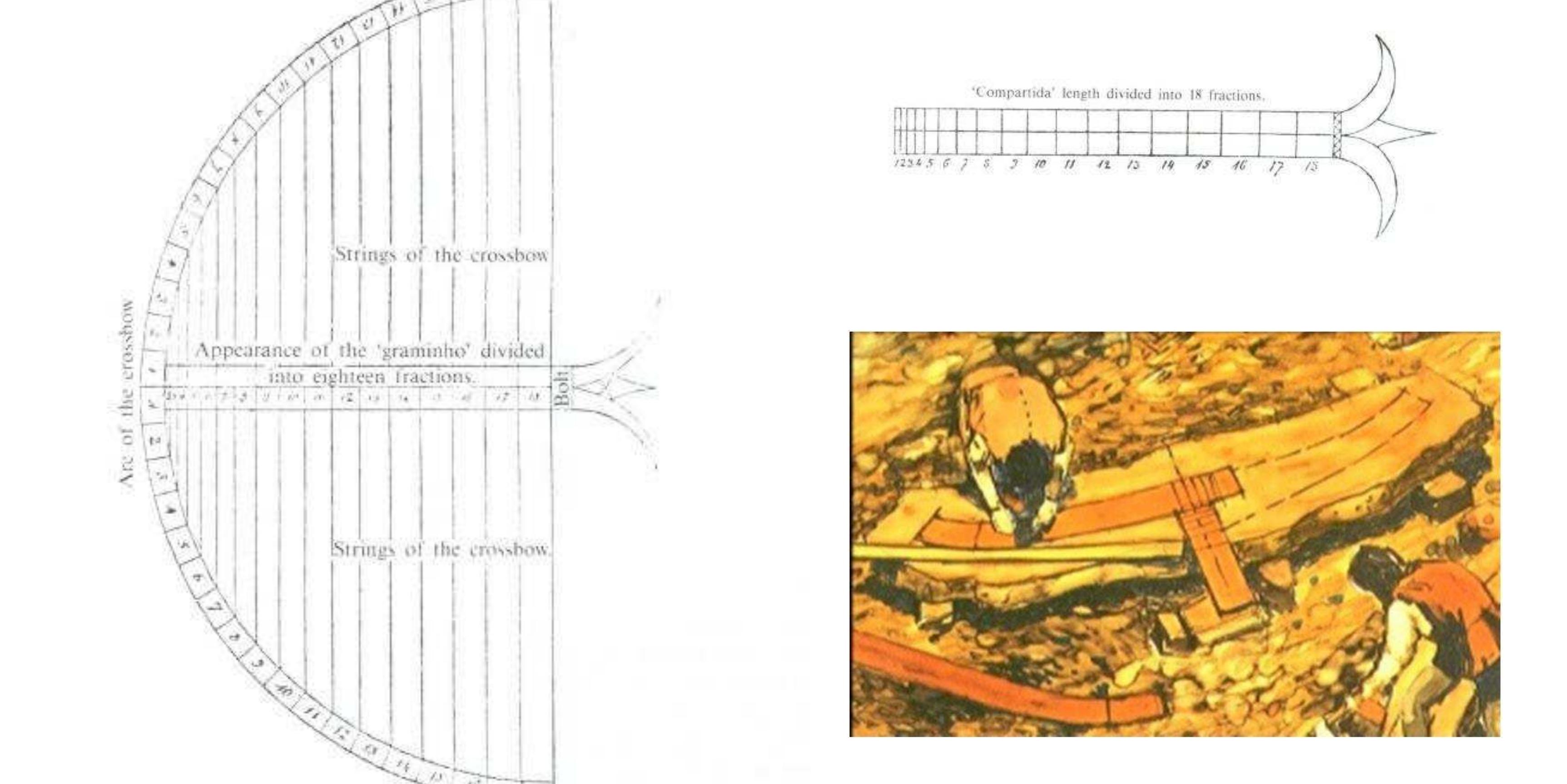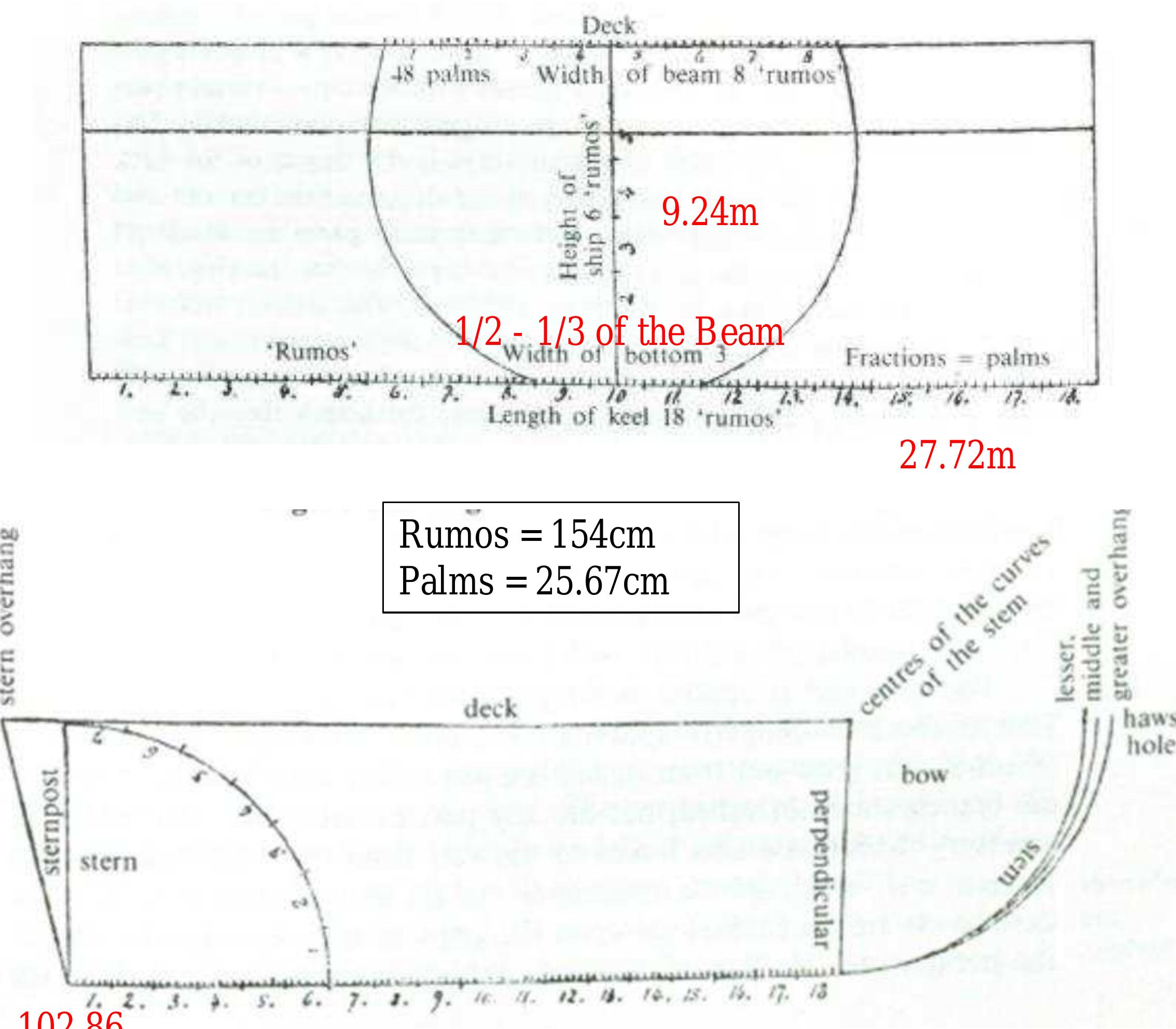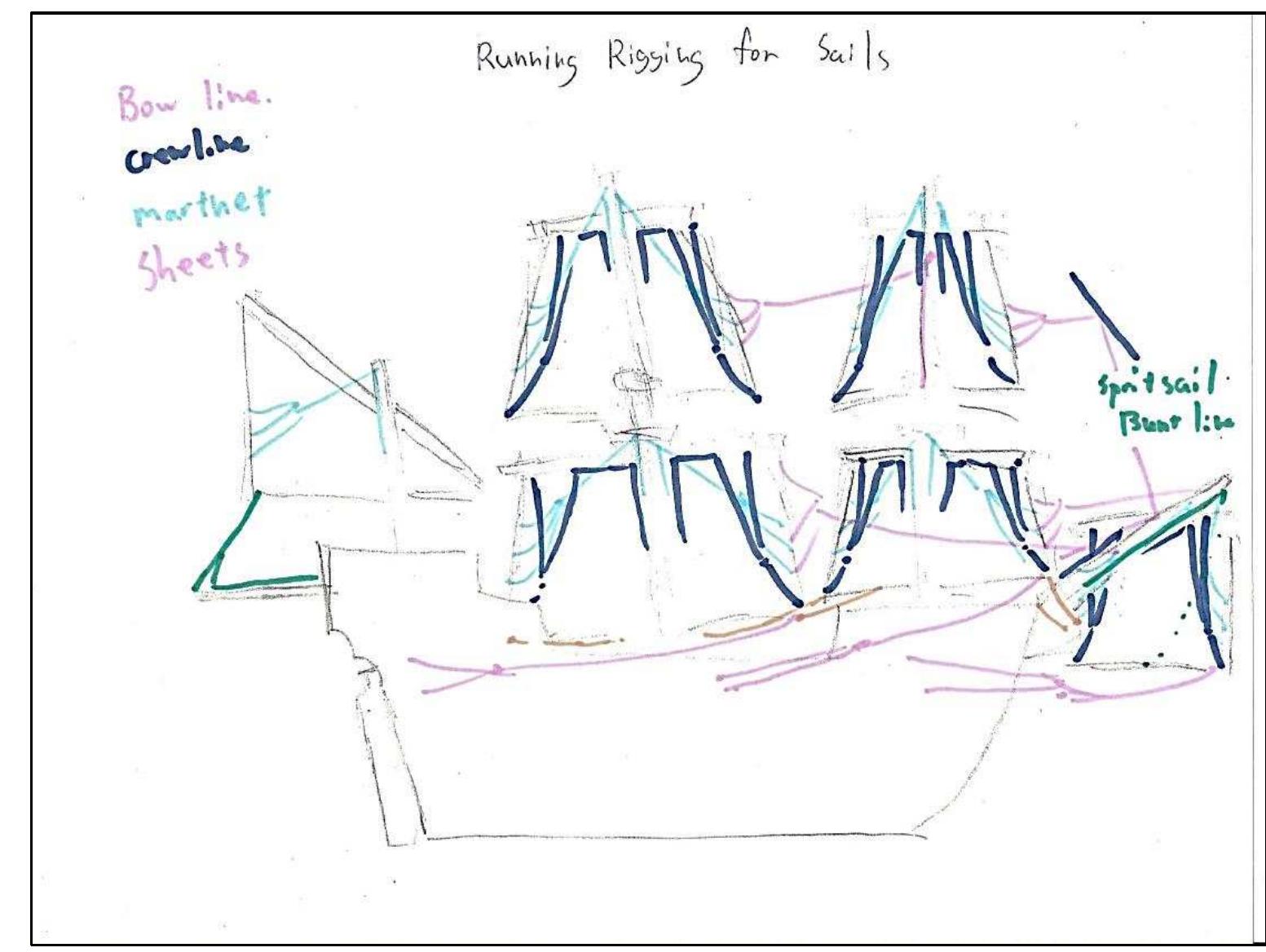Domenica 15 maggio 2022, ore 17.30 Parco di Villa Molaroni, Pesaro Zrinka Podhraški Čizmek presenterà il volume Navigli adriatici fra le due sponde nel Settecento, Quaderno n. 24 della collana „Rerum maritimarum” Apertura mostra...
moreDomenica 15 maggio 2022, ore 17.30 Parco di Villa Molaroni, Pesaro
Zrinka Podhraški Čizmek presenterà il volume Navigli adriatici fra le due sponde nel Settecento, Quaderno n. 24 della collana „Rerum maritimarum”
Apertura mostra "Tipologie navali dell’Adriatico nei secoli dell’età moderna" a cura di Maria Lucia De Nicolò, Luigi Divari, Zrinka Podhraški Čizmek
15.5.2022-28.8.2022
In questa edizione vengono presentati tutti i tipi ed elementi distintivi dei navigli menzionati nei primi tre volumi dei Regesti marittimi croati (RMC I-III) che comprendono circa 16.000 documenti riguardanti, tra l’altro, i velieri in uso nell’Adriatico durante il Settecento. Lo studio espone 18.536 menzioni di bastimenti classificati in 79 termini diversi messi a confronto rispetto l’etimologia e caratteristiche peculiari di ogni natante (quali stazza, attrezzatura velica, uso e quant’altro). L’analisi dimostra che i piccoli paroni preferivano velieri più piccoli, dalla portata fra le 20 e 300 t, essendo più veloci e manovrabili con buone capacità di navigazione. Si trattava innanzitutto del trabaccolo con il 14,55% di presenza nei documenti, poi della tartana (11,49%), del pielego (8,06%), della polacca (6,23%), della marciliana (6,18%), della feluca (5,10%), della barca (4,86%), della checcia (2,21%) e della brazzera (2,01%). I velieri minori, ovvero piccoli e medi, di portata inferiore alle 300 t, rappresentavano perfino il 70,82% di tutti i bastimenti nominati, mentre i velieri maggiori, di portata superiore alle 310 t, fra cui le grandi navi/nave ovvero vascelli (15,33%) ed i fregatoni (4,36%) avevano mantenuto il 20,65% del traffico marittimo, soprattutto verso le Isole Ionie ed altri porti mediterranei. Tramite l’analisi comparata delle loro caratteristiche e peculiarità è stato dimostrato che fra i porti delle coste orientali e occidentali dell’Adriatico nel Settecento vi era un intenso commercio quotidiano e che tale traffico era caratterizzato da un forte dinamismo del piccolo e medio ceto imprenditoriale che è riuscito ad imporsi sia nel commercio marittimo che nella costruzione navale che ha interessato ambo le coste adriatiche.
Predstavljanje knjige: Jadranski brodovi između dviju obala u osamnaestom stoljeću. Povijesno-ikonografski pregled
Ovaj povijesno-ikonografski pregled prikazuje sve vrste i glavne karakteristike brodova koji se spominju u prva tri sveska Hrvatskih pomorskih regesta. RMC I–III obuhvaćaju oko 16.000 dokumenata koji se, između ostaloga, odnose na jedrenjake koji su plovili Jadranom i Mediteranom u XVIII. stoljeću. Studija prikazuje 18.536 spomena plovila klasificiranih u 79 različitih naziva koji se uspoređuju s obzirom na njihovu etimologiju i razna obilježja poput nosivosti, jedrilja i namjene. Analiza pokazuje kako su vlasnici brodova radije koristili manje brodove (nosivosti do 300 tona), dobrih maritimnih svojstava, a čiji je brz utovar i istovar išao u prilog ubrzanu ritmu toga stoljeća. Brod koji se najčešće spominje jest trabakul sa svega 14,55% prisutnosti u dokumentima, zatim tartana (11,49%), pelig (8,06%), pulaka (6,23%), marsilijana (6,18%), filjuga (5,10%), barca (4,86%), keč (2,21%) i bracera (2,01%). Čak 70,82% sveukupno navedenih brodova odnosilo se na plovila srednje i manje nosivosti (do 300 t), dok se 20,65% sveukupnoga prometa, izvanjadranskog, mediteranskog (prema Jonskim otocima i dalje) te prema sjevernim morima, odnosio na brodove veće nosivosti (iznad 310 tona) među kojima su nave i vašeli (15,33%) te fregaduni (4,36%). Komparativnom analizom njihovih karakteristika i posebnosti pokazano je da je između luka istočne i zapadne obale Jadrana u osamnaestom stoljeću postojala intenzivna dnevna trgovina čija je glavna značajka bila nevjerojatna dinamičnost maloga i srednjeg poduzetništva koje se uspjelo etablirati kako u pomorskoj trgovini, tako i u brodogradnji, ostavivši golem utjecaj na obje jadranske obale.
Book launch: Adriatic ships between the two shores in the eighteenth century. A historical and iconographic review
This historical and iconographic review outlines all the types and main characteristics of the sailers mentioned in the first three volumes of the Croatian Maritime Regesta (RMC I-III). These three volumes include around 16,000 documents which, among other things, present the sailing ships used in the Adriatic during the eighteenth century. The analysis shows 18,536 mentions of ships classified under 79 different names (types), and compares them with respect to etymology and characteristics such as DWT, sailing equipment, purpose. The analysis demonstrates that small shipowners preferred lighter sailing ships with a DWT of up to 300 t, being faster and more maneuverable with good navigation skills. The dominant type of ship was trabaccolo, which accounts for 14.55% of mentions in the documents, followed by tartane (11.49%), pielego (8.06%), polacre (6.23%), marciliana (6.18%), felucca (5.10%), barca (4.86%), ketch (2.21%), and brazzera (2.01%). Small and medium ships with a DWT of up to 300 t account for 70.82% of all the mentioned sailers. Larger sailing ships, with a DWT over 310 t, including navas/vessels (15.33%) and frigatoons (4.36%), maintained 20.65% of maritime traffic, especially towards the Ionian Islands and other Mediterranean ports. The comparative analysis of their characteristics and peculiarities has indicated that intense daily trade was taking place between the ports of the Eastern and Western coasts of the Adriatic in the eighteenth century, and that this traffic was characterized by a strong dynamism of the small and middle entrepreneurial class which established themselves both in maritime trade and in shipbuilding, and thus left an enormous impact on both Adriatic coasts.
































































